When it comes to choosing the right caliber for your first or next handgun, the choice can be overwhelming. There are tons of options on the market to choose from and each one comes with many pros and cons to the decision. Whether you are looking for home defense, everyday carry, competition, hunting or any other purpose necessary, the choice of firearm you make is a difficult one. One of the big comparisons that come to mind when thinking of the topic of comparing different calibers is which round is better between the 10mm vs. 357 Magnum. Both rounds are exceptional and have their large following of supporters, but to compare the two against each other is tough.
Why is the .357 Magnum so Great?
The leader in the revolver category is the .357 Magnum round. This round is based on the .38 Special cartridge that was developed by Smith & Wesson. The motivation behind the .357 Magnum’s development was to compete with Colt’s .38 Super Automatic. During the Prohibition days of bootleggers and gangsters, law enforcement needed a round that was capable of penetrating car doors and bulletproof vests of the time. Any bullet that didn’t exceed 1,000 fps of velocity did not stand a chance to penetrate the barriers and armor, but Colt’s .38 Super Automatic just edged that threshold.
The .357 Magnum gets its name from the diameter of the bullet used and it is the exact same as the .38 Special. The difference is the length of the cartridge; the .357 Magnum is longer to prevent any incorrect loading into the .38 Special rated chambers. Because the .357 Magnum is loaded with more powder, the velocity is significantly more. During its initial development, in order to withstand the higher chamber pressure, the .44 Special handgun was adapted to accept the new .357 Magnum round. The .44 was much better suited to handle the higher pressures created by the .357 Magnum firing.
While the .357 Magnum has less energy than the larger revolver rounds, its faster velocity and smaller diameter deliver exceptional penetration. The velocity and power make this caliber an exceptional round for hunting, self-defense, law enforcement, and target shooting.
The Competition: 10mm Auto
This round is significantly newer than the .357 Magnum and was developed by Jeff Cooper in 1983. The objective in the creation of this round was to be a mid-velocity round that had much better ballistics than the .45 ACP and more power than the 9x19mm parabellum. Once it began to be produced on a large scale, the power capability over the original design was increased to compete with the trajectory and power of a revolver round in a semi-automatic pistol round.
The 10mm’s large scale release was a bit rough due to the fact that only one pistol, the Bren Ten, was being made to fit the new round. However, Colt saved the 10mm by launching their Delta Elite pistol chambered for the 10mm, which was a modified M1911.
While the FBI utilized the 10mm for its service round, it was soon decommissioned due to its power. The recoil was deemed to be too much for training agents and police officers. Also, the pistols chambered for the 10mm were difficult to handle for those agents with smaller hands. Despite the difficulties that the 10mm experienced in its early years, it has developed a loyal following because of its exceptional performance and reliability.
Which is better: 10mm vs. .357?
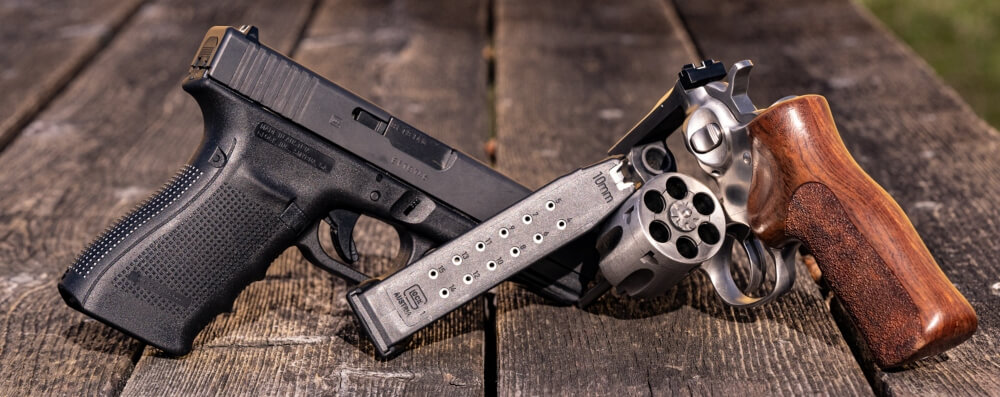
It can sometimes be difficult to compare rounds against one another, but these two are an easier comparison. While the .357 Magnum is typically a revolver round, and the 10mm Auto is a semi-automatic pistol round, both were developed with specific purposes. We’ve laid out some of the important categories to consider when making a choice between the rounds.
Penetration – both rounds were developed to satisfy the ever-changing needs of law enforcement to penetrate the bad guys of the time. For the .357, police needed a round that could penetrate the steel car doors and body armor of the gangsters and bootleggers during the 30s and 40s. The 10mm Auto was developed in order to put threats down quicker and to minimize casualties. Depending on the specifics of each round and load, the title for this category can go either way. The type of bullet used really is the ultimate factor in the depth of penetration.
Velocity – during the 30s, bullets that didn’t reach a velocity of at least 1,000 fps did not stand a chance in penetrating the car doors used as cover or the body armor vests worn by the criminals. The .357 Magnum was converted from the .38 Special strictly on the basis to provide more velocity to put the enemies down faster. The 10mm Auto’s velocity compared to the .357 Magnum will be slightly slower due to the fact that many of the bullet weights will be heavier than those of the .357 Magnum. So, on a pure maximum velocity standpoint, the .357 Magnum round is the winner.
Energy – when comparing the energy that these two rounds pack, the winner is definitely the 10mm. Due to the bigger bullet, the 10mm Auto brings in noticeably stronger force on impact. Looking at a few rounds of similar metrics, here’s what they graded out at-
Hornady:
- 10mm Auto 155-grain HP XTP: 684 ft-lbs
Winchester:
- 10mm Automatic 175-grain JHP: 559
While these are just two examples of many, the difference is substantial (each one is above 100 ft-lbs), which makes the 10mm Auto a very powerful round.
Carry Capacity – this is where the decision between the two rounds is decided for most people: carry capacity. When it comes to self-defense the difference is severe. Depending on the magazine you choose to purchase, the 10mm Auto is often available between 8 and 15 rounds. However, the .357 Magnum is stuck with 5 or 6 rounds as that’s what most revolvers carry. However, supporters of fewer rounds argue that a well-placed, trained round is much more effective than many wild shots.
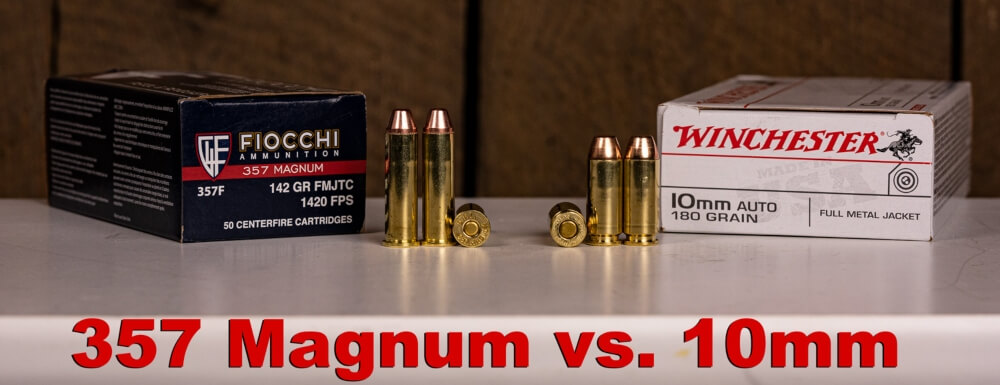
Price– it is difficult to compare the price between two different rounds completely. There’s always going to be range of price between bulk range ammunition to high-end self-defense rounds. However, trying out a few different rounds and finding the one you shoot best can be expensive, regardless of the caliber.
We’re hesitant in declaring a winner in this debate from the standpoint that each has its strengths and few weaknesses. The most important aspect in deciding is going to be choosing the handgun that fits you best. A smaller round can still be effective from the gun of a trained, competent user.
At AmmoForSale.com, we carry the top brands in just about every caliber you can dream of. For the .357 Magnum and 10mm, our bulk and self-defense rounds will be your best choice for loading up your cabinet and carrying with you every day.
Top Choices of .357 Magnum & 10mm
- Federal 180gr .357 Magnum JHP
- Fiocchi 142gr .357 Magnum FMJTC
- Hornady 158gr .357 Magnum JHP
- Magtech 180gr 10mm FMJ
- Sig Sauer 180gr 10mm JHP V-Crown
- Federal 200gr 10mm HST JHP
Come check out the amazing selection that we carry of the top brands and popular calibers. We are your one-stop-shop for all your ammunition needs and find out for yourself which you like better between the 10mm vs. .357 Mag.

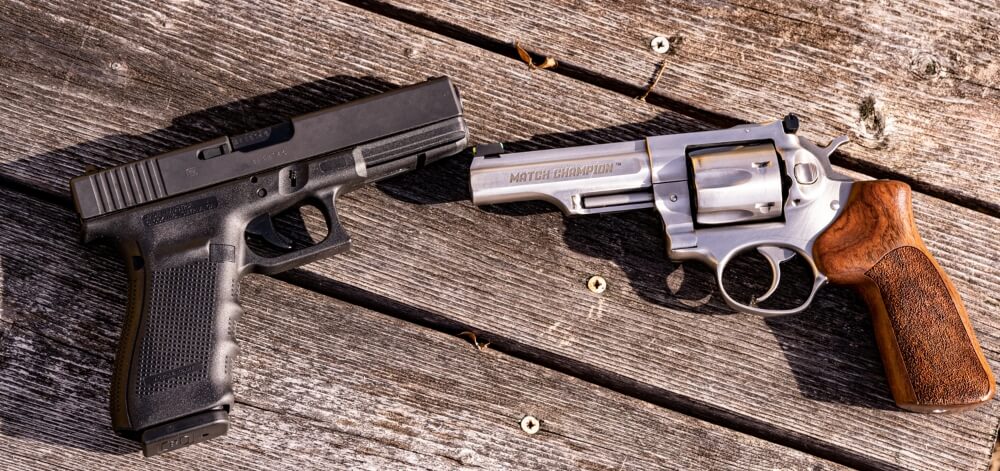
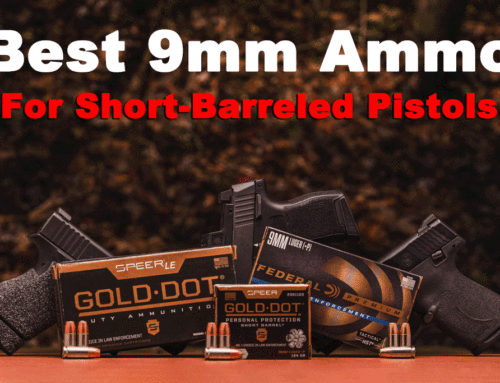
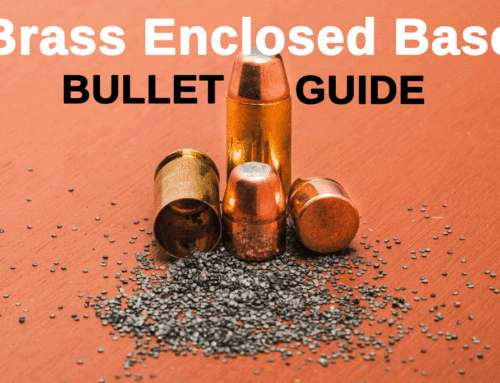
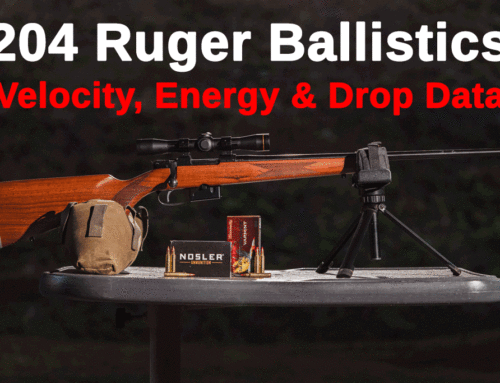
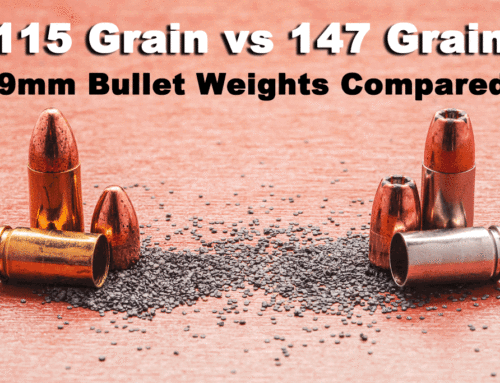
the true measure of power of hand gun rounds is the volume of powder they will hold and maximum pressure they are rated for. According to Wikipedia the .357 tops the 10mm in both
NORMA load data puts operating working pressure for the 10mm @ 37,000 – 44’4000 far exceeding anything the 357 could ever do.
10mm is generally more powerful and due to it’s larger bullet diameter hits with greater impact. Additionally it is designed to be shot out of a high capacity semi-automatic platform, which is a huge advantage over a musty antiquated old revolver. Some folks will never let go of old technology…If your gonna blow you money on a revolver at least get one that offers something unique like a 44mag, 460 or 500mag. Now that the 10mm is here to stay the 357 mag is irrelevant!
You speak like a no it all. It’s a lot easier for my elderly mother to pick up a 357 loaded with 38 special for self defense than pulling the slide on a glock. Dealing with limp wrist, and other alibis. That same revolver also shares with a few carbines as well. Not everyone is built the same. Some people have handicaps. They deserve a tool also. 357 is not irrelevant.
10mm max psi=37500
357 magnum max psi 35000
SAAMI rates 20% hotter than recommended, 10mm wins.
Bullet design is the major deference. The 357 bullet is far more versatile than the 10mm. Semi automatic handgun bullet is just limited in bullet profile.
Both are my favorite.
However, the 10mm will win due to the platform of each design, Semi Auto vs Revolver.
Semi with larger capacity.
Revolver with only 6 cartridges and cylinder gap, losing some of it power.
The .357 max psi is at 44,000 later reduced to 35,000 for the smaller frames and shorter barrels.
The 10mm max psi is at 37, 500 deliberately over loaded in order to top the .357 mag. Later reduced due to cracked frames and Females & small framed men within the Federal Agencies that couldn’t handle the 10mm.
.357 survived over the 10mm for simple reason, smaller framed gun.
10mm making its come back for simple reason, larger capacity.
Today they run the same depending on load of cartridge.
While the 10mm may seam as more powerful, it is not necessarily true.
If I had to pick only one round for everything, it would be a .357.
Once you start moving up barrel size, the .357 starts exceeding the 10mm in energy generally around a 6 inches due to the slower burn of the magnum. (5 inches they are roughly on par, below that its all the 10 mm.)
Out of a 16″ carbine, the 357 are hitting massive energy levels for a still usable hand gun round.
That being said, for most pistol shooters, the 10mm is the superior choice. Less recoil, generally more energy, higher capacity.
If you are a hunter and/or a reloader, a weapon chambered for .357 is a great “jack-of-all trades” platform and in my humble opinion unmatched for versatility.